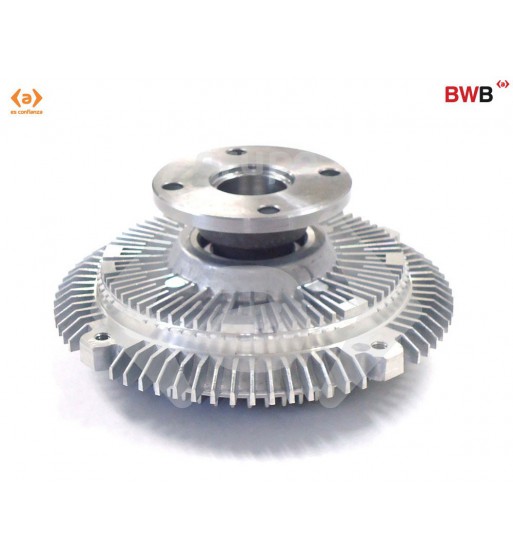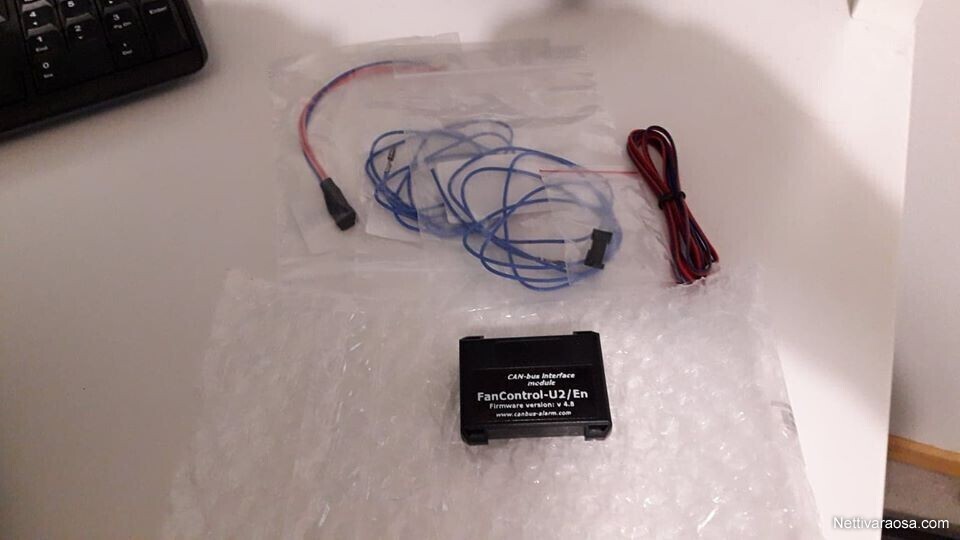


Please refer to the instruction manual for proper wiring of DewStop. One of those wires is in coming power and one is power to the fan. You'll probably have to experiment with the timing/delay to get it to work right near zero-speed and near full-speed.I only have two black wires, how do I properly connect DewStop? When you find one zero-crossing point (or trigger point) there is another one 180 degrees later (10 mS later at 50Hz). With a microcontroller, it's easy to compensate since you know the line frequency.Īlso with a microcontroller, you don't need full-wave rectification. So it's generally best to find a point somewhere in the middle (around 45 degrees). The actual zero-crossing is difficult to detect, and the peak is difficult too. Once triggered, TRIACs always stay-on 'till the current falls to zero (the next AC zero-crossing). (The pulse has to be "short" because it cannot extend into the next AC half-cycle). Then a short pulse into the output opto-isolator (IC1) "fires" the TRIAC somewhere along the AC half-cycle. That isolated detected phase/timing signal goes to an Arduino input.Īn Arduino output drives the other opto-isolator, which drives the TRIAC (A1).Īfter being triggered by the phase/timing signal, there is a delay (i.e. If you are building your own power supply, you can use the isolated transformer secondary to get the timing/phase and eliminate one of the opto-isolators. The opto-isolators keep the high voltage away from you and the low-voltage control circuitry (i.e the Arduino). That's the full-wave rectifier, the FET B2, and an opto-isolator, with the current-limited AC driving the opto input. It works like this - You detect a point along the "phase" of the AC signal (usually near the zero-crossing). You only need a modified top part of the schematic (including both opto-isolators) and the Arduino would replace the CD4xx parts, etc. You can't use PWM, but it's something like PWM synchronized to the 50/60Hz line frequency. I've never made a motor speed control, but I've made light dimmers (not with the Arduino), and from your schematic, the concept looks basically the same.


 0 kommentar(er)
0 kommentar(er)
